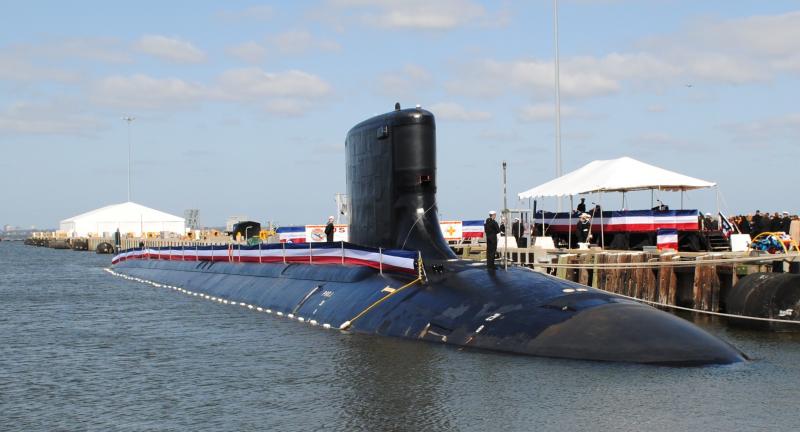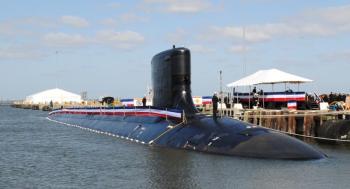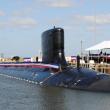Impressions from the Arctic
Last weekend, I had the extraordinary experience of joining the Navy for a training exercise known as Ice Exercise (ICEX) to gain a deeper understanding of U.S. military operations in the Arctic and to learn about the region’s strategic value to our country. I’m a great believer in the power of first-hand experience and this trip provided me with invaluable knowledge that will better inform my work on the Senate Armed Services Committee.
Our journey north began early Saturday morning when we departed Andrews Air Force Base in Maryland. Seven hours later, we arrived at Camp Nautilus, about 150 miles from Prudhoe Bay, Alaska. We then took a small, single engine Cessna with thick tires that allowed us to land safely on the ice. ICEXs are conducted every three years in collaboration between the Navy, NOAA, and the University of Washington. Throughout the exercise, about 100 Navy officials and scientists make this polar ice camp their home as they study changes to the area — and the changes have been dramatic.
Over the past 25 years, the Arctic has seen about a 40 percent reduction in ice as a result of global climate change. This shift has literally created a new frontier that presents its own unique set of challenges and opportunities. For example, the Arctic holds significant energy resources including gas and oil reserves that were previously inaccessible, and newly exposed waterways may soon be used for commercial transit between the Pacific and Atlantic oceans.
As we continue to understand these new opportunities, as well as our own strategic interests in the region, it is critical that we maintain cooperative relations with the other Arctic nations. Only a handful of countries border the Arctic, and while the potential for conflict exists, we can minimize those risks by continuing to search for ways to work together to our mutual benefit.
After touring Camp Nautilus, we made our way over to the USS New Mexico, a Virginia-class, nuclear powered attack submarine that had broken through the ice only a few hours earlier. After we boarded, the submarine began its descent down to about 500 feet, where the Navy spent the next 20 hours conducting maneuvers and testing the ship’s capabilities beneath the ice. What was remarkable about the ship’s movements was how utterly silent they were; there was no sense of motion as the submarine moved through the water.
I was also struck by how spartan the submarine was. Nuclear submarines are expensive pieces of equipment, and while their technological capability is overwhelmingly impressive, internally there is nothing extravagant about them. The passageways are very narrow, so much that you need to stand sideways to pass each other and the bunks are so close together that if you woke suddenly, you would certainly bump your head.
Perhaps, however, the most impressive part of the entire trip was the quality of the people serving aboard. We have fine young people working for us, including two on this ship from Maine — one from Gorham and one from Greenbush. These are bright, energetic, patriotic and highly professional individuals who carry significant responsibilities under very difficult circumstances. It was a great privilege to spend time learning from them.
On the whole, I found the trip to be incredibly valuable, and based on my observations, I am convinced we need to increase our capacity in the region, something I intend to press upon my colleagues on the Armed Services Committee as we work on our military priorities for the coming years.
Event Date
Address
United States


























